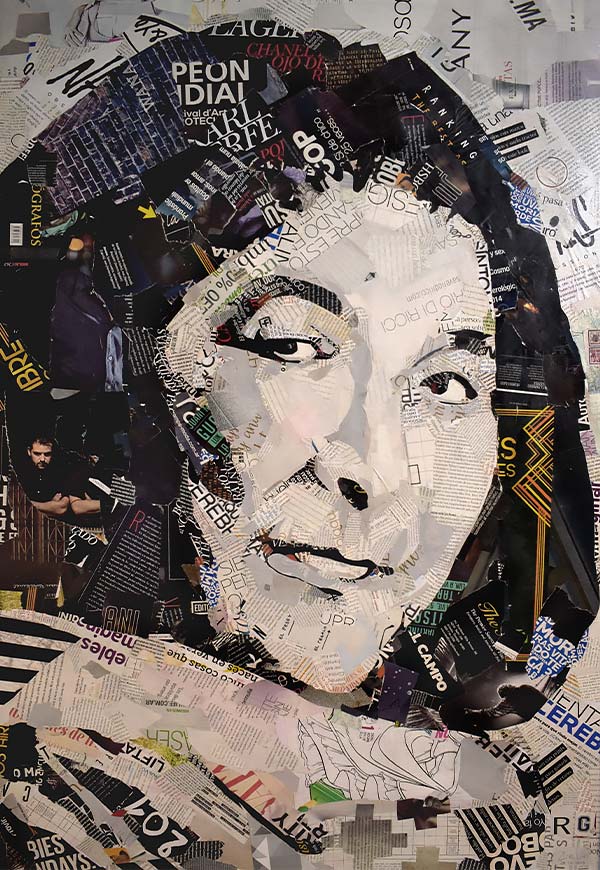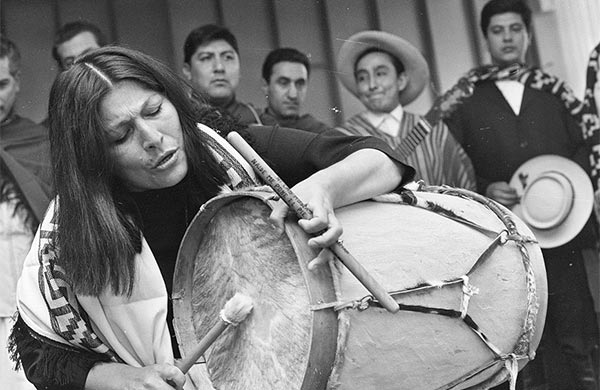Subtotal: $
Checkout-

Covering the Cover: Why We Make Music
-

Music and Morals
-

The Death and Life of Christian Hardcore
-

Vallenato Comes Home
-

Does Political Music Change Anything?
-

Adventures in Americanaland
-

Music, Memory, and Alzheimer’s
-

Why We Make Music
-

Doing Bach Badly
-

Dolly Parton Is Magnificent
-

Go Tell It on the Mountain
-

Reading the Comments
-

In the Aztec Flower Paradise
-

The Strange Love of a Strange God
-

Is Congregational Singing Dead?
-

In Search of Eternity
-

Violas in Sing Sing
-

Hosting a Hootenanny
-

How to Lullaby
-

How to Raise Musical Children
-

How to Make Music Accessible
-

Chanting Psalms in the Dark
-

The Fiery Spirit of Song
-

The Harmony of the World
-

The Tapestry of Sound
-

Let Brotherly Love Remain
-

Take Up Your Cross Daily
-

The Bones of Memory
-

Poem: “Sunrise and Swag”
-

Poem: “Poland, 1985”
-

Church Bells of England
-

Editors’ Picks: Walk with Me
-

Editors’ Picks: Shakeshafte
-

Editors’ Picks: The Least of Us
-

Letters from Readers
-

Celtic Christianity on Iona
-

The Catherine Project

Mercedes Sosa
The singer who gave voice to her people’s struggle outlived several tyrants.
By Susannah Black Roberts
June 24, 2022
Reader, you won’t really understand the rest of this story unless you are listening to Mercedes Sosa singing. Pause now to listen to her 1982 live recording of “Sólo le pido a Dios” (“Only one thing I ask of God”) with songwriter León Gieco – perhaps the greatest anthem against apathy ever sung. Do you have the volume set high? Good. Now read on.
In 1979, in an auditorium full of veterinary students in La Plata, a university town just downriver from Buenos Aires, a woman was singing. Not, she claimed later, political songs – not this time. One was an anthem calling for agrarian reform, “When They Have the Land.”
Halfway through the performance, a group of armed military men burst into the auditorium. One walked up on stage and did a body search on Mercedes Sosa, arresting her along with all two hundred audience members.
This was not an uncommon event in Argentina; Sosa wasn’t surprised. The military government of Jorge Videla and his successors, over the course of its 1976–1983 rule, “disappeared” or killed outright as many as 30,000 citizens who opposed the regime, usually accusing them of being dangerous communist partisans. A few were; most were not.
Sosa brought the folk music of the Argentine peasantry to a wider audience, and into conversation with other musical currents. She was a singer for the people, a “voice of the voiceless” who used her voice to speak out on behalf of those left behind by globalization, those dispossessed of the land sold to international agricultural conglomerates, and those maimed and killed by the regime. Her music was the soundtrack to the peasants’ struggle for self-determination. Some of her songs were joyful anthems, others angry challenges to the abuses her people suffered.

Gonzalo Rielo, Mercedes Sosa, collage, 2016 Used by permission.
Mercedes Sosa sang for the people because she was one of them. Her parents were of mixed French, Spanish, and Indigenous Diaguita descent. Her father was a sugarcane cutter in Tucumán province. When she was fifteen, she won a singing contest put on by a local radio station. Her two-month contract launched a six-decade career. Her music was never distant from her politics; her politics were never distant from her people. The title of her first album, released in 1961, was La Voz de la Zafra – the zafra is the sugarcane harvest.
Sosa and her parents were supporters of the populist Perón government. She took that populism to her music, becoming a key member of the nueva canción movement that criticized the military dictatorships across South America in the 1970s as well as the incursion of international firms into local economies. She was a singer, not a songwriter; she brought traditional songs and the compositions of others, such as her fellow singers Victor Jara and Violeta Parra, to a wider audience, in interpretations rich with emotion and depth.
It was not a calling without risk. Jara had been tortured and killed by General Augusto Pinochet’s forces in Chile; Argentina promised to be no safer. Sosa received death threats; she was on the military’s blacklist. The junta forbade her to perform. She defied the order, continuing to perform until the night she was arrested in La Plata.
Sosa spent a long night not knowing whether she would end up one of the disappeared. Eighteen hours later, after paying a fine, she was released and again told to stop singing. Instead, she scheduled more concerts; bomb threats canceled them. Prohibited from further performances, she felt that if she could not sing, she could not live. Reluctantly, she accepted exile, to France and then Spain.
She could not stay away for long. She went into a profound depression, and found she could not sing. “It wasn’t my throat, or anything physical,” she explained. “When you are in exile, you take your suitcase, but there are things that don’t fit. There are things in your mind, like colors and smells and childhood attitudes, and there is also the pain and the death you saw. You shouldn’t deny those things, because to do so can make you ill.” She returned to Argentina in 1982, just a few months before the Falklands crisis brought down the regime.

Mercedes Sosa, 1967 Photograph from the Library of Congress (public domain)
Her first concert back in the Teatro Opera in Buenos Aires was sold out. She invited many of Argentina’s younger singers up to share the stage, the voice of the people inviting in the next generation. From then on, she sang before tens of thousands, and her albums outstripped ticket sales by orders of magnitude. Over the next decades, her fame only grew; many of her recordings were bestsellers. She performed all over the world, from New York City’s Lincoln Center to the Vatican’s Sistine Chapel. In 2002, she sold out both the Colosseum in Rome and Carnegie Hall in New York; eventually, she was asked to serve as an ambassador for UNICEF.
Sosa resisted the label “protest singer.” “It is like an invitation for someone to put a stamp on the songs that says ‘prohibited’ or ‘interdicted.’ The intelligence of the artist needs to be broader in the face of such possible barriers. Besides, artists are not political leaders. The only power they have is to draw people into the theater.” She had that power in abundance – over the course of her career, she worked with performers from Andrea Bocelli and Luciano Pavarotti to Joan Baez, Ray Charles, Sting, and Shakira, in genres ranging from rock to opera to Andean folk music. When she died at seventy-four in 2009, Argentina’s president declared three days of national mourning; thousands lined up to pay their respects.
She was politically complicated. At one point she briefly joined the Communist Party, then renounced her membership because she rejected political violence. “All of us,” she once said, “whether we are artists or military, must collaborate if we are to keep democracy on its feet and walking.” Democracy was, for Sosa, above all a government for the people: for the Argentine peasants and workers trying to survive physically and culturally. “I didn’t choose to sing for people,” she said in an interview just before her death. “Life chose me to sing.”
Sosa thought that American protest singers were excessively blunt: too on-the-nose, limiting their poetic appeal to a particular political moment. Her lyrics and music were often softer, poetic: she sang love songs and songs of village life. But she could be blunt herself: “I was killed a thousand times. I disappeared a thousand times, and here I am, risen from the dead. … Here I am, out of the ruins the dictatorship left behind. We’re still singing.”
Already a subscriber? Sign in
Try 3 months of unlimited access. Start your FREE TRIAL today. Cancel anytime.
















































Warren Wilson
I almost deleted this. It was definitely worth adding to my historical and musical education. The minor key song is very haunting. I appreciate her broad scope of influence. In my church experiences I find very few people who are interested in a broad view of, say, doctrine. Thank you. Sorry I can't subscribe. Warren, St. Joseph, MO
Bruce Hollenbach Hollenbach
Many thanks to you, Susannah. I had not known about Mercedes Sosa. Now I cannot listen to this song without my eyes filling with tears. I don't know if they are tears of sadness or tears of joy. But they are certainly tears of gratitude.